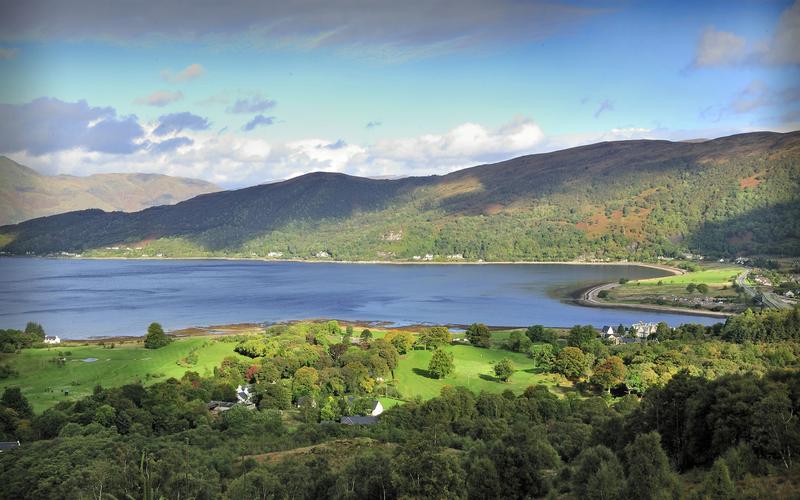Exploring Cultural Heritage through YouTube: How Videos are Preserving History and Promoting Diversity
Cultural heritage is an important part of our history and identity, providing us with a sense of belonging and understanding of our past. It encompasses everything from archaeological sites and artifacts to traditional practices and beliefs, and plays a crucial role in shaping our present and future. However, preserving cultural heritage can be a challenging task, particularly in a rapidly changing world where we face various threats such as natural disasters, urbanization, and conflict.
In recent years, YouTube has emerged as a powerful platform for exploring and promoting cultural heritage, bringing together a diverse range of content creators, researchers, and enthusiasts from around the world. From amateur videos of local festivals and ceremonies to professionally produced documentaries and educational series, YouTube offers a wealth of information and perspectives on cultural heritage that can inspire, educate, and entertain.
One of the key advantages of YouTube for exploring cultural heritage is its accessibility and reach. Unlike traditional forms of media such as TV and cinema, YouTube is widely available and can be accessed anytime and anywhere with an internet connection. This means that people from all walks of life and all parts of the world can share their stories, traditions, and practices with a global audience, creating a rich tapestry of cultural diversity that fosters understanding and empathy.
Moreover, YouTube provides a platform for dialogue and collaboration between different cultures and communities. Through comments, forums, and social media, viewers can interact with creators and fellow enthusiasts, exchange insights and ideas, and build bridges of understanding that transcend geographic and cultural boundaries.
Another notable feature of YouTube for exploring cultural heritage is its ability to preserve and document history. By capturing and sharing videos of cultural practices, celebrations, and rituals, people can create a record of their heritage that can be passed down to future generations. This is particularly important in cases where cultural heritage is at risk of being lost or forgotten, or where there are few opportunities for formal documentation.
Some examples of cultural heritage preservation initiatives on YouTube include:
– The British Museum’s ‘The Museum of the World’ project, which provides a virtual tour of the museum’s galleries and collections, as well as interactive timelines and 360-degree videos that explore various civilizations and cultures.
– The ‘Indigenous Marathon Foundation’ channel, which showcases the experiences of indigenous Australian athletes in running and marathons, and highlights the importance of traditional culture and values in promoting health and well-being.
– The ‘Living Albania’ channel, which documents various aspects of Albanian culture, including folk songs, dances, costumes, and traditions, and aims to promote and preserve the country’s heritage for future generations.
In conclusion, YouTube offers a unique and valuable platform for exploring cultural heritage, promoting diversity, and preserving history. It allows people from all corners of the world to share their experiences, insights, and traditions, and encourages dialogue and collaboration between different cultures and communities. By harnessing the power of video, we can create a rich and vibrant tapestry of cultural heritage that reflects our past, shapes our present, and inspires our future.
(Note: Do you have knowledge or insights to share? Unlock new opportunities and expand your reach by joining our authors team. Click Registration to join us and share your expertise with our readers.)
Speech tips:
Please note that any statements involving politics will not be approved.
